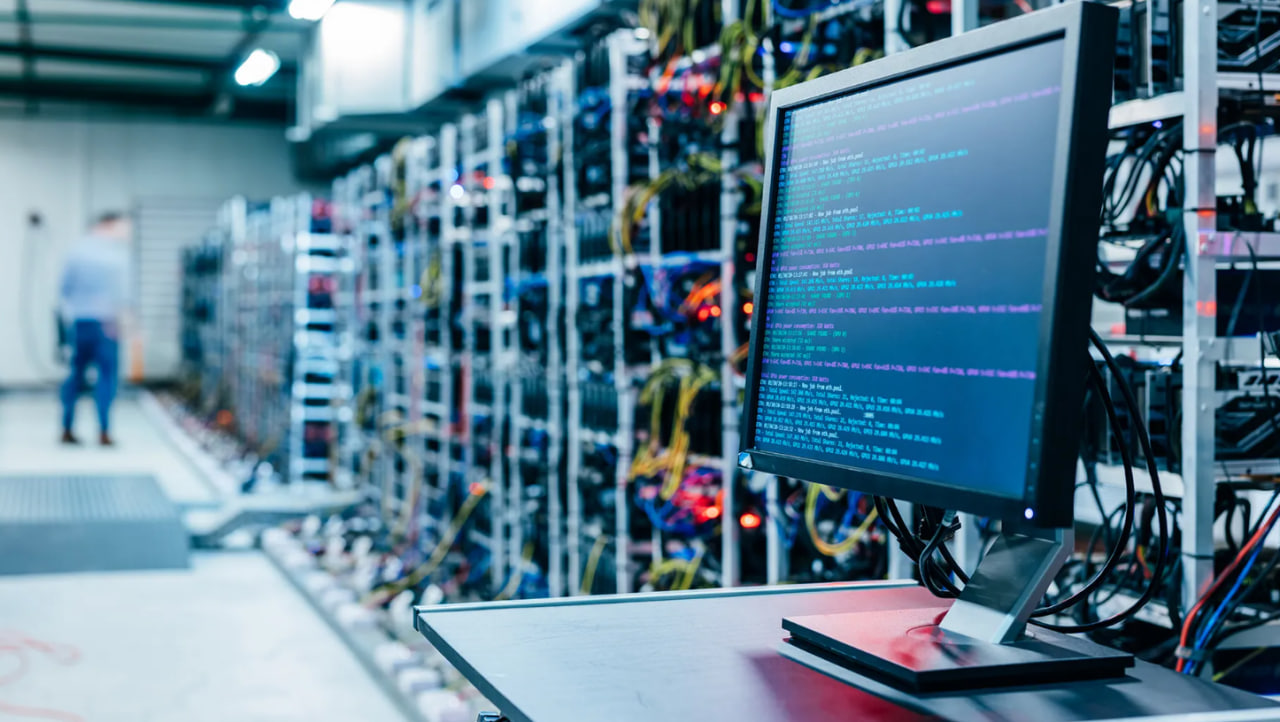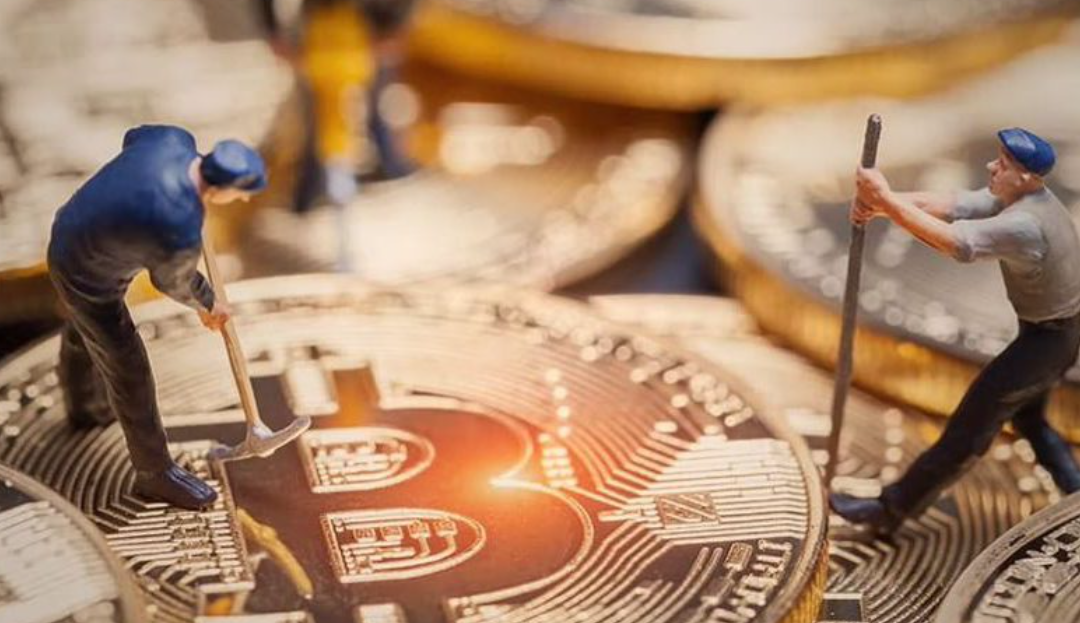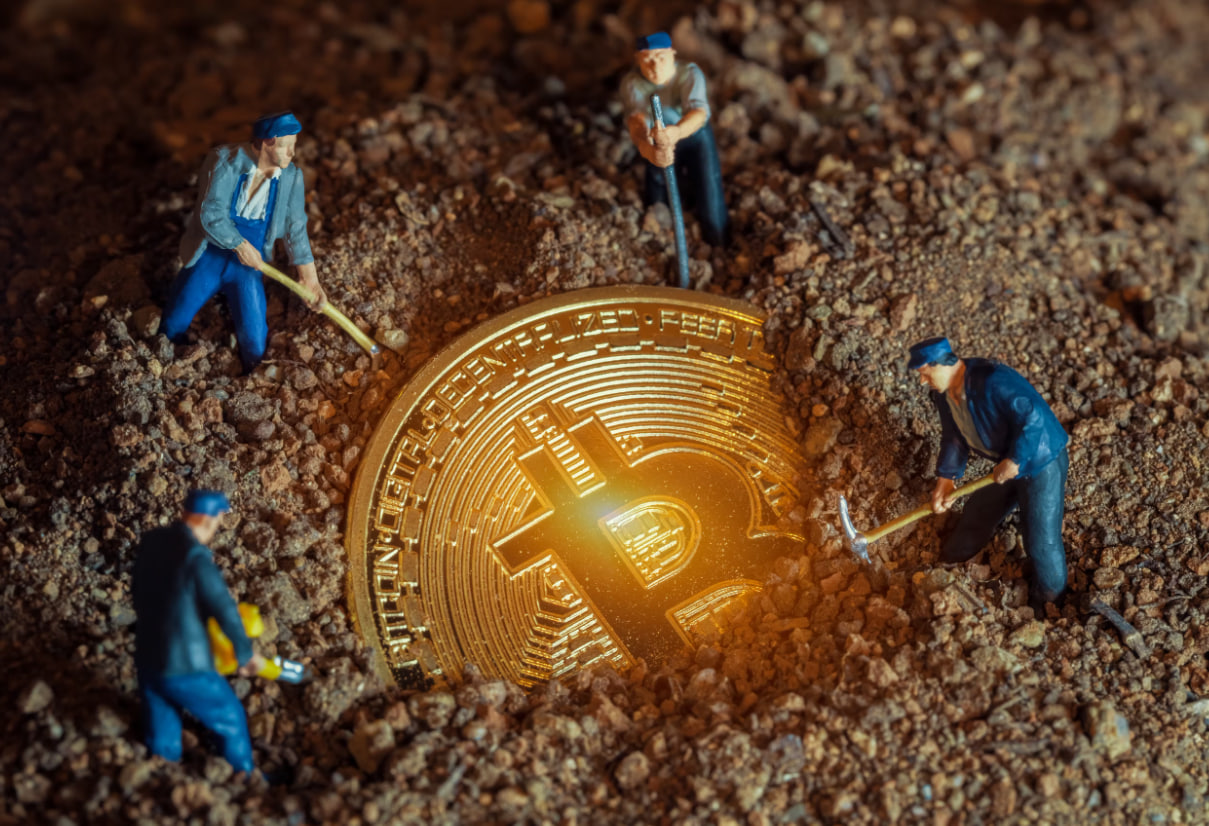Cryptocurrency mining has become a cornerstone of the digital currency ecosystem, serving as the mechanism that secures the network and validates transactions. At its core, this process involves solving complex mathematical puzzles to add new blocks to the blockchain—a decentralized ledger that records all transactions. This process requires significant computational power and energy, but it also rewards participants with new cryptocurrency units, creating a self-sustaining economic model.
Understanding the intricacies of this process is essential not only for those interested in direct participation, but also for traders and investors who want to grasp the broader market forces at play. Mining influences the supply side of the cryptocurrency, affects transaction speeds, and plays a role in its valuation dynamics.
My name is Lucas Evans, and I have been involved in cryptocurrency trading and operations for over nine years. Together with my team at Nova Crypto Ventures, we have witnessed firsthand how operations have evolved from simple setups to large-scale industrial facilities. Today, we want to share our insights to help you understand the process, its challenges, and its impact on the crypto space.
Whether you are a technology enthusiast, an investor, or a curious newcomer, grasping how this process works is fundamental to appreciating the decentralized nature of this revolutionary asset. This guide will walk you through the blockchain’s role, hardware options like bitcoin mining machine, the economics behind it, and practical steps to get started.
For traders, understanding these elements is just as important when engaging in Binary Options, as it can influence the market’s behavior and trends. What is bitcoin mining? It is the process of validating and securing transactions on the blockchain, which involves solving complex mathematical puzzles and receiving rewards in the form of newly created cryptocurrency units.
The Blockchain and Its Role in Mining
The blockchain is Bitcoin’s secure, distributed ledger linking verified transaction blocks. Mining adds these blocks by solving Proof of Work puzzles, ensuring consensus without a central authority. This system incentivizes honest participation to maintain network integrity.

The Mining Process Explained
Mining involves repeatedly hashing a block header using the SHA-256 algorithm until finding a hash below a target difficulty threshold. This trial-and-error process demands vast computational efforts, often referred to as “hashing power.” The difficulty adjusts approximately every two weeks to maintain an average block time of about ten minutes.
Successful miners broadcast their newly mined block to the network, which then verifies its validity. Upon acceptance, miners receive block rewards and transaction fees, incentivizing ongoing participation and investment in mining infrastructure.
Mining Hardware: ASICs vs GPUs
Early Bitcoin miners used CPUs and GPUs, but as difficulty increased, specialized hardware known as Application-Specific Integrated Circuits (ASICs) took over. ASICs are purpose-built for cryptocurrency operations, offering dramatically higher efficiency and performance compared to general-purpose GPUs.
While GPUs remain popular for other cryptocurrencies, Bitcoin operations today largely depend on ASIC farms. Choosing the right hardware involves balancing initial cost, power consumption, and hash rate to maximize profitability.
Mining Pools and Solo Mining
Mining solo means independently attempting to mine entire blocks and claim rewards, which is increasingly rare due to competition. Mining pools allow miners to combine their computational power, improving the chances of solving blocks and sharing rewards proportionally.
Joining a pool reduces reward variance but involves fees and reliance on pool operators. Selecting reputable pools with fair distribution mechanisms is vital for consistent income.
For those looking for a bitcoin mining free experience or seeking tools to estimate potential earnings, a bitcoin mining calculator can help determine profitability based on factors such as hash rate, energy costs, and pool fees.
Rewards: How Miners Earn Bitcoin
Miners earn Bitcoin through block rewards and transaction fees included in each block. The block reward started at 50 BTC and halves approximately every four years in an event called the “halving.” As of 2025, the reward stands at 6.25 BTC per block, making mining less lucrative but often offset by Bitcoin’s price appreciation.
Transaction fees, though smaller, provide additional income and incentivize miners to prioritize specific transactions, especially during periods of high network congestion.
Energy Consumption and Environmental Impact
Bitcoin mining’s high energy consumption has drawn scrutiny and sparked debates about environmental sustainability. Large mining operations consume electricity comparable to small countries, raising concerns over carbon footprints.
However, many miners increasingly rely on renewable energy sources and locate operations in areas with surplus clean power. Technological advances and efficiency improvements continue to mitigate environmental impacts, balancing economic incentives with ecological responsibility.

Challenges and Risks in Bitcoin Mining
Mining involves significant risks, including hardware obsolescence, fluctuating cryptocurrency prices, and regulatory uncertainties. High upfront capital investment and operational costs can lead to financial losses if market conditions deteriorate.
Additionally, the increasing difficulty and competition require continuous upgrades and optimization. Navigating these challenges requires thorough research and strategic planning.
How to Start Bitcoin Mining
Starting cryptocurrency operations requires selecting appropriate hardware, securing affordable electricity, and choosing software and pools. Beginners may start with small setups or cloud-based services, though due diligence is necessary to avoid scams.
Evaluating profitability calculators and staying informed about market trends helps prospective participants make informed decisions.
FAQ
Cryptocurrency operations generate many questions about their viability, technical requirements, and environmental aspects. Understanding these answers supports informed engagement with the cryptocurrency ecosystem.
As the industry evolves, participants and investors alike must stay informed about technological advancements, regulatory changes, and market dynamics that influence profitability and sustainability. Exploring topics such as the shift toward renewable energy, the emergence of more efficient hardware, and the potential impact of future protocol upgrades can provide a clearer picture of the long-term prospects. By gaining a comprehensive understanding, participants can make better decisions about when and how to engage with the cryptocurrency space while balancing economic benefits and environmental responsibilities.
For those interested in bitcoin mining or how mining bitcoin works, understanding the environmental impact and technological shifts is crucial for making informed decisions.
Is Bitcoin mining profitable in 2025?
Profitability depends on hardware efficiency, electricity costs, and Bitcoin’s market price. While competitive, efficient operations with low power costs can remain profitable.
Can I mine Bitcoin with a regular computer?
Mining Bitcoin with standard CPUs or GPUs is largely unprofitable due to ASIC dominance and high network difficulty. However, regular computers can mine other less competitive cryptocurrencies.
How much electricity does Bitcoin mining use?
Bitcoin mining consumes significant electricity, estimated to be comparable to medium-sized countries. Efforts to shift to renewable energy sources are ongoing to reduce environmental impact.
Read also about:













Leave A Comment